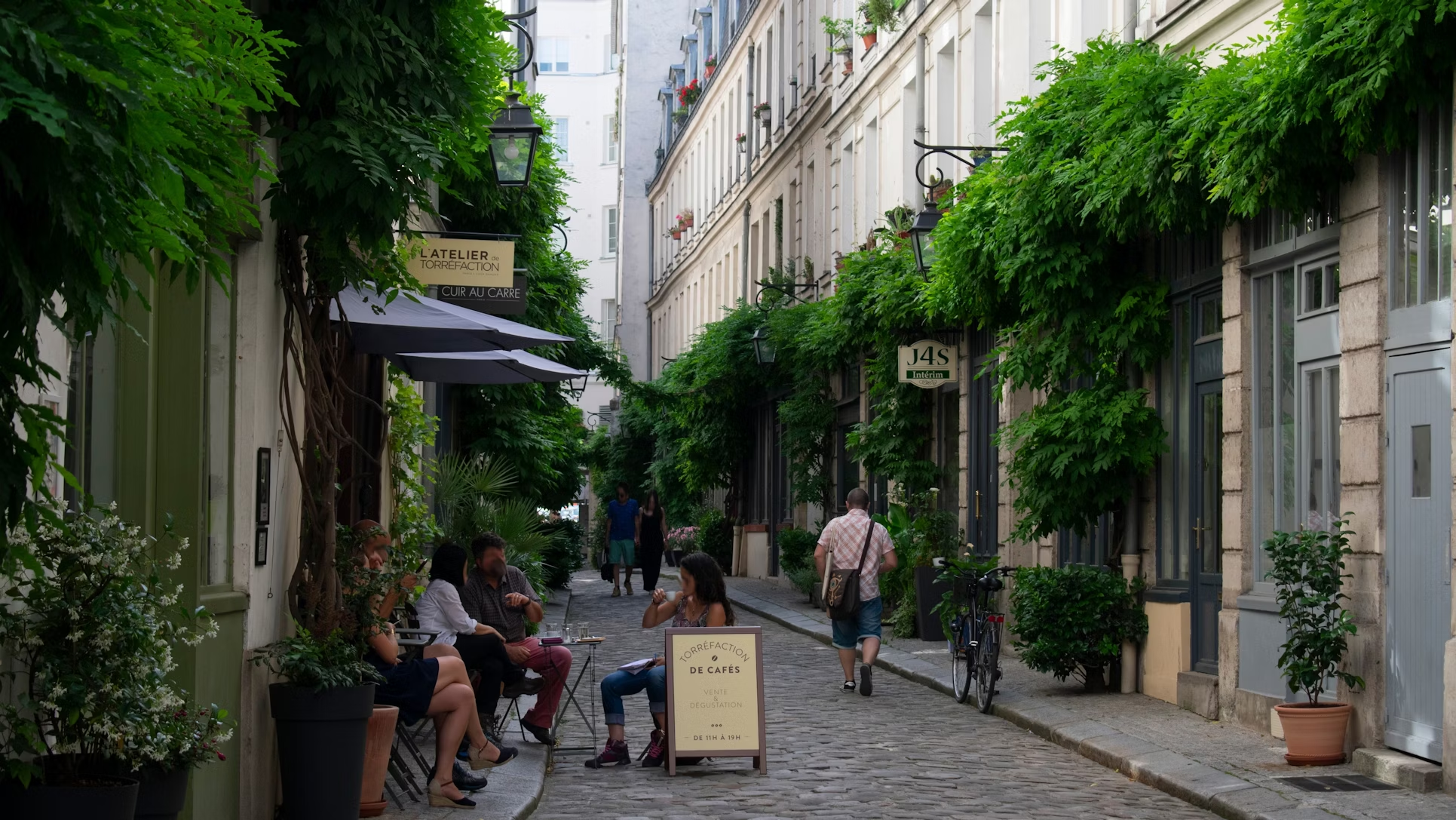
Paris votes to pedestrianise and greenify 500 more streets
11 April, 2025
Paris is pushing ahead with its green makeover. In a recent vote, the city approved plans to pedestrianise and greenify 500 additional streets after a referendum. This is part of Mayor Anne Hidalgo’s long-running mission to rewild the capital – also, the last chapter of her time as Mayor. It’s bold, climate-smart, and inspired by 15-minute cities, where daily life happens within walking distance.
The vision is clear. The process? Less so. Fewer than 6% of eligible voters took part. And the question in the referendum? A blunt yes or no, leaving little room for nuance. The approach has drawn criticism from many – primarily, car enthusiasts. Still, the outcomes so far speak volumes.
Traffic in central Paris has declined. Air pollution is down by nearly 40 percent since 2012. Urban heat is being tackled through new shade and green corridors – and not a moment too soon, given that Paris was recently named the deadliest city in Europe in the event of a heatwave. This isn’t just a lifestyle issue or a fight over cars. It’s a public health and climate resilience priority.
This latest vote is not a shortcut, but a temperature check. More consultation will follow to decide which streets make the most sense. What comes next is the real work: design, engagement, accessibility.
This also brings an (un)usual suspect into our urbanism tale. For corporates, this is not just a Paris story – it’s a signal. As cities adapt, so must real estate, logistics, employee mobility, and customer experience. IKEA’s Copenhagen store offers a great example. Its rooftop has been transformed into a publicly accessible park, showing how private space can become part of the shared city – and build long-term brand equity.
The opportunity is there. Not just to adapt, but to lead. As cities reshape for a climate-resilient future, business has a seat at the table. The question is how many will choose to take it.
By Mariana Garcia
 Back to all friday 5
Back to all friday 5